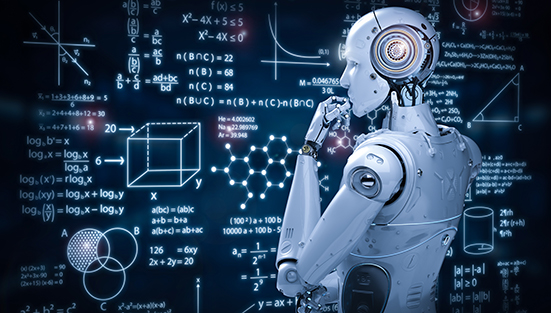Robotics is an interdisciplinary field that combines elements of engineering, computer science, and artificial intelligence to create intelligent machines that can perform tasks autonomously or semi-autonomously. The evolution of robotics has been nothing short of remarkable, with a significant impact on various industries and aspects of daily life. In this blog, we will delve into the exciting world of robotics, exploring its history, current applications, and the potential it holds for the future.
*A Brief History of Robotics*
The concept of robotics dates back to ancient times when inventors and scientists explored the idea of building mechanical devices to mimic human actions. However, it wasn’t until the 20th century that the modern era of robotics began. In 1956, the term “robotics” was coined by Isaac Asimov, a science fiction writer, in his book “Runaround.”
The early developments in robotics mainly revolved around industrial applications. The first programmable robot, Unimate, was introduced in 1961 by George Devol and Joseph Engelberger. It marked the beginning of the industrial automation revolution, transforming manufacturing processes worldwide.
ALSO READ :> Health Benefits of Eating Guava
*Current Applications of Robotics*
Today, robotics spans a wide range of applications and industries:
*1. Manufacturing:* Industrial robots are widely used in assembly lines, welding, painting, and material handling, increasing efficiency and precision in manufacturing processes.
*2. Healthcare:* Robotics plays a crucial role in the medical field, assisting in surgeries, rehabilitation, and elderly care. Surgical robots like the da Vinci system have enabled minimally invasive procedures with enhanced precision.
*3. Exploration and Research:* Robots have been deployed in space exploration, deep-sea exploration, and other hazardous environments where human presence is limited or not feasible.
*4. Agriculture:* Agricultural robots are being developed to automate tasks such as planting, harvesting, and monitoring crops, enhancing agricultural productivity.
*5. Education:* Robotics is used as an educational tool to teach programming, problem-solving, and critical thinking to students of all ages.
*6. Entertainment:* Social robots and humanoid robots are being developed to interact with humans, entertaining, and assisting in various settings.
*The Future of Robotics*
The future of robotics holds exciting possibilities and potential advancements:
*1. AI Integration:* Advancements in artificial intelligence will enable robots to learn and adapt to their environments, making them more autonomous and capable of complex decision-making.
*2. Human-Robot Collaboration:* Collaborative robots, or cobots, will continue to play a significant role in working alongside humans, enhancing productivity and safety in various industries.
*3. Soft Robotics:* Soft robots with flexible materials will open up new possibilities for tasks in unstructured environments, like disaster response and healthcare.
*4. Ethical Considerations:* As robots become more integrated into society, ethical considerations regarding their use, data privacy, and human-robot interactions will become increasingly important.
*Conclusion*
Robotics has come a long way since its inception, transforming various industries and influencing our daily lives. From the early industrial robots to the cutting-edge AI-powered machines, the progress has been nothing short of remarkable. The field of robotics is constantly evolving, and its potential for the future is vast and awe-inspiring.
As robotics continues to advance, we must remain mindful of the ethical considerations and ensure responsible deployment, harnessing the full potential of robotics to create a better and more sustainable world for future generations.
Disclaimer: The information provided in this blog is based on the state of robotics as of September 2021. For the latest developments and applications in robotics, please refer to current sources and experts in the field.





